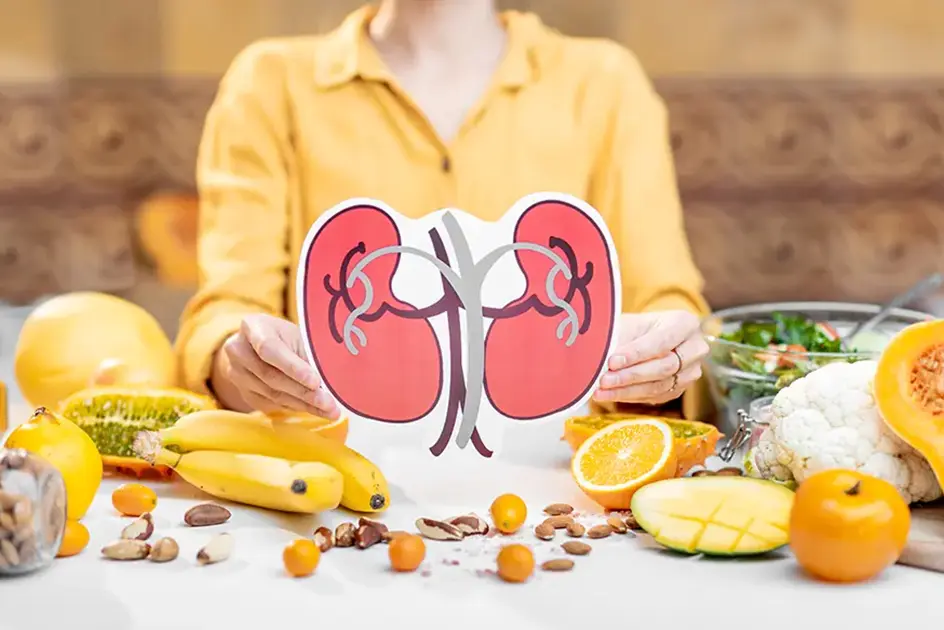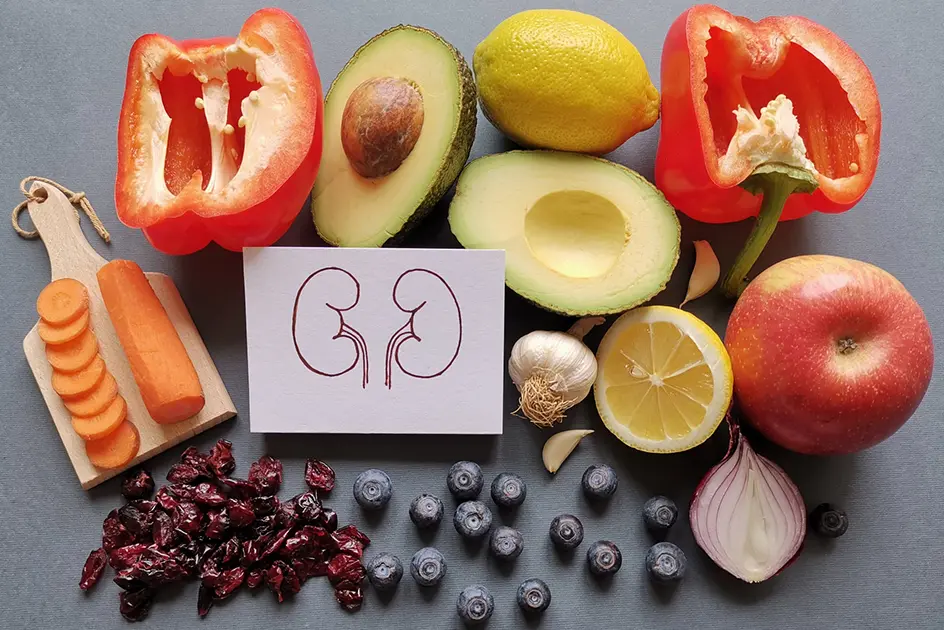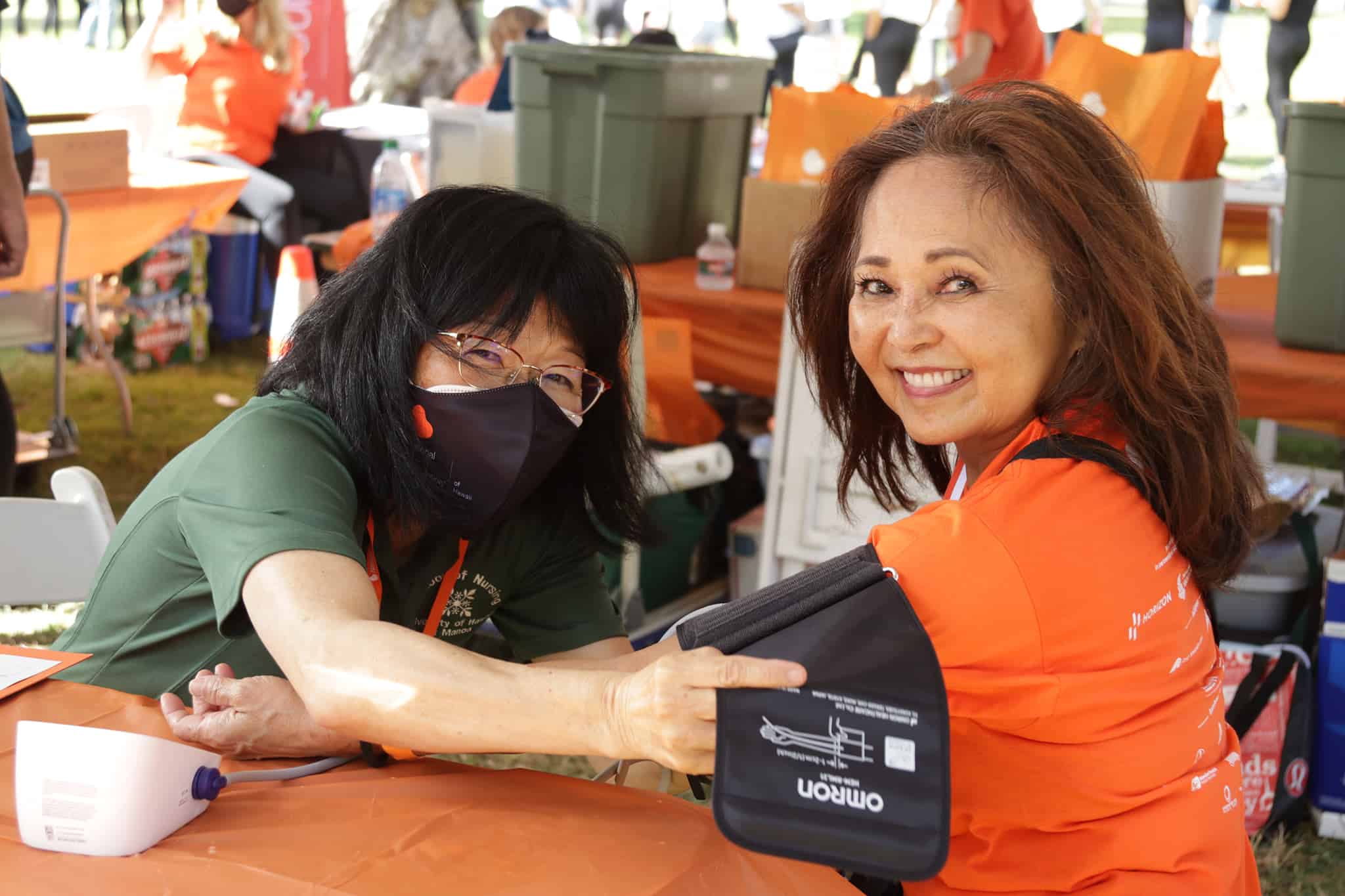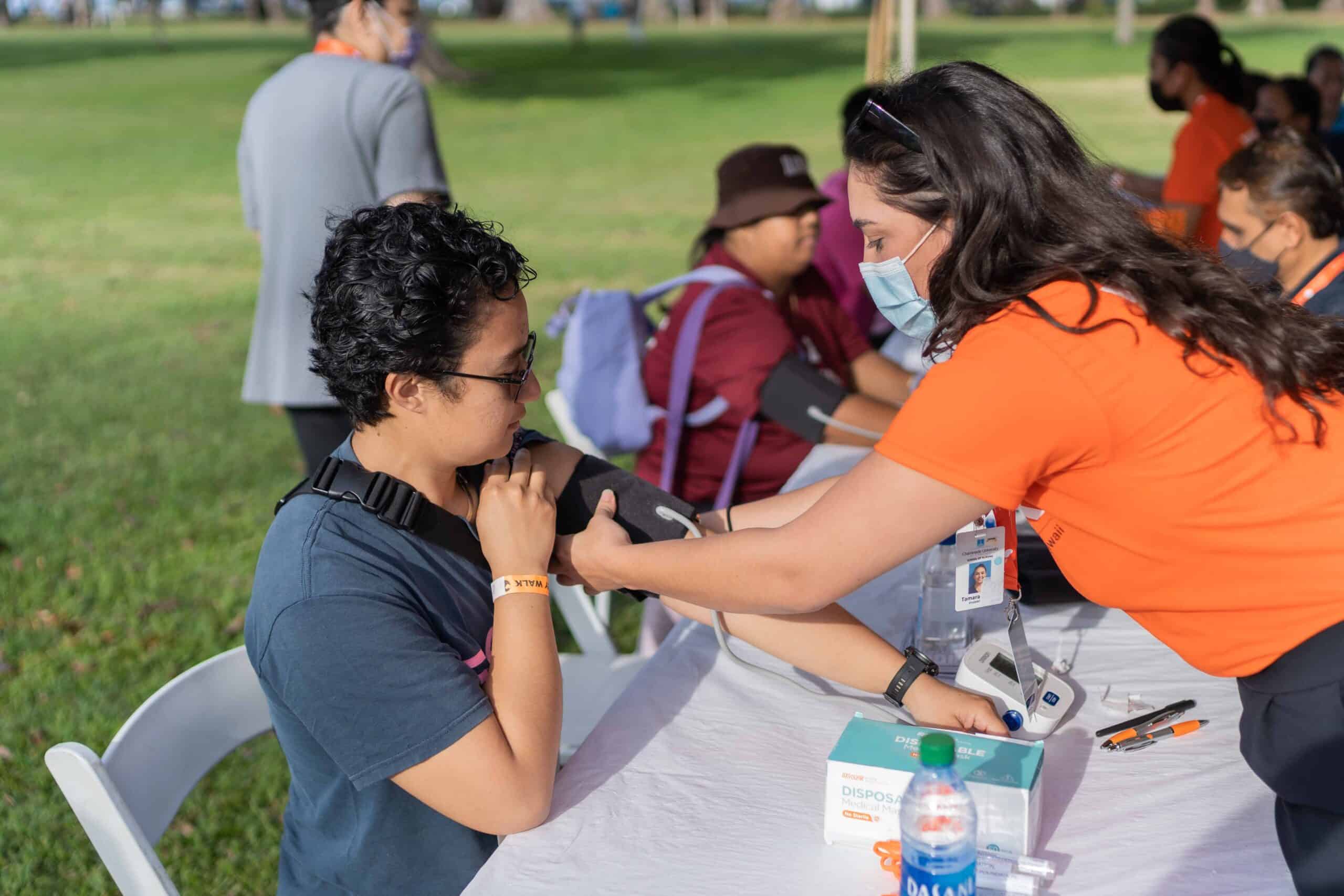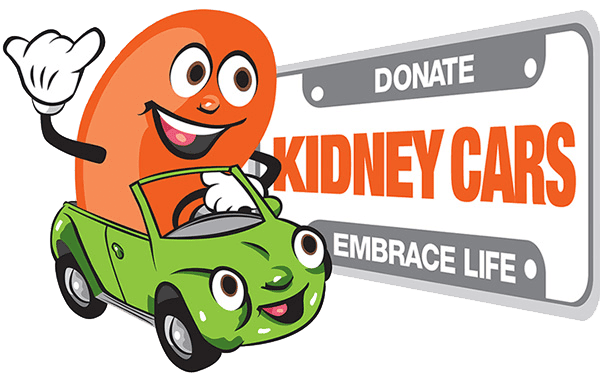People with kidney disease often have additional health issues, including obesity, diabetes, high blood pressure, and cardiovascular disease. For those who are overweight or obese, losing weight can help improve some of these conditions, especially managing blood sugar and lowering blood pressure. Developing healthier habits over time can help you lose weight and improve your overall health. Not sure where to start? Try some of the strategies below to help you manage your weight.
Strategies to try for weight management
Try tracking
Tracking your food intake and exercise can be as simple as using a paper log. Logging habits builds awareness and accountability, helping you make more informed food choices or increase physical activity. Over time, you may be less likely to mindlessly snack or have second helpings since you'll be more aware of what you're consuming.
Free apps or websites, such as Cronometer, MyFitnessPal, and Calorie Counter, are excellent tools for this. They show the amount of calories, protein, fat, and sugar in foods, which can be helpful if you're unsure which foods and drinks might be contributing the most calories to your diet.
Eat enough protein
Protein plays a crucial role in maintaining a healthy weight. It helps maintain muscle mass, keeps you feeling full for longer, and may even decrease body fat.
Include some protein at every meal. Add an egg or yogurt to your breakfast, a few ounces of tofu or fish to your lunch, and a few ounces of lean meat to your dinner. Nuts, seeds, beans, lentils, and whole grains also contribute protein to the diet.
Include more produce
Fruits and vegetables are rich in vitamins and phytonutrients, which make them excellent for our overall health. Produce has the additional benefit of helping us feel full without adding many calories.
Try to include a fruit or vegetable at every meal. Ideally, you'd include about half of your plate as non-starchy vegetables at lunch and dinner. Easy options include a side salad, steamed frozen broccoli or cauliflower, raw baby carrots, and sliced cucumbers. Fruits are great on the side at breakfast, as a quick snack, or if you need a sweet treat at the end of lunch or dinner.
If you have a potassium restriction, choose lower-potassium options and carefully monitor the serving size of any higher-potassium fruits or vegetables at your meal.
Decrease fats
Fat is the most calorie-dense of the three macronutrients, so reducing your overall fat intake helps decrease your calorie intake, too. To reduce your overall fat intake, try these tips:
- Limit fat-based condiments such as mayonnaise and salad dressings. Try for only 1-2 tablespoons at a meal, and measure the portion until you learn what that looks like
- Reduce the amount of butter or margarine that you add to breads or to a dish
- Instead of adding butter or lard to grease a pan, try using nonstick cooking spray to reduce the amount of fat that you need in the pan
- Bake meats and fish most of the time instead of frying in oil
- Choose cuts of meat with less visible fat, and try choosing 90% lean ground turkey or beef instead of standard ground meats
Watch your drinks
Drinks are often sneaky sources of extra calories, and the calories in drinks add up quickly. A 12-oz can of soda has ~150-170 calories, mostly from sugar, and a 12-oz IPA beer generally has ~180-240 calories.
Sugary coffee drinks, juices, and other fruit-flavored beverages also contain significant amounts of calories per serving while offering little nutritional value. Choose water, sugar-free drinks, or low-fat milk to keep your calories from beverages low, and avoid alcohol as much as possible. If you add sugar to your tea or coffee, work to decrease the amount you're adding over time, such as adding one sugar packet instead of two.
Decrease highly processed foods
Highly processed foods are usually packaged, shelf-stable foods. These foods include cakes, muffins, cookies, chips, jerky, sausage, and hot dogs. They're made with specific ingredients to help them last longer and sometimes contain high amounts of sodium. Large quantities of sodium and other additives are harmful to kidney health, while added sugars and fats contribute extra calories.
Highly processed foods are typically energy-dense, meaning they contain a concentrated amount of calories, but are generally low in nutritional value. They're often less satisfying and filling because they usually lack fiber. People who eat a lot of highly processed foods tend to have higher calorie intake, so these foods are associated with obesity.
Exercise
Guidelines suggest a goal of 150 minutes of moderate-intensity aerobic activity per week. If you don't currently have an exercise routine, start slowly and gradually build up your physical activity over time. Try short bursts of 5-10 minutes of activity, or less, as a starting point, and gradually work to a goal of 30 minutes, 5 times per week.
Tracking steps is a helpful way to increase exercise. After tracking your steps for a few days with a wearable device or your phone, challenge yourself to increase your steps over time, such as by 500-1000 steps.
If you sit for prolonged periods, stand and move around the house at more regular intervals, or take a mini walk around your yard or to the end of your driveway. Gardening, swimming, playing with kids, and stretching all count as movement, too.
Individuals with limited mobility can try chair workouts or upper-body movements to increase their overall physical activity. Try a short YouTube chair workout if you're not sure where to start.
Bottom Line
Weight management takes time. Start small and try to make gradual progress with some of these weight maintenance strategies. Over time, adopting healthy habits may lead to weight loss or prevent further weight gain, improving your overall health. Since these are general tips, consider consulting a registered dietitian for an individualized plan and short-term goals tailored to your specific needs and dietary restrictions.

